 |
 |
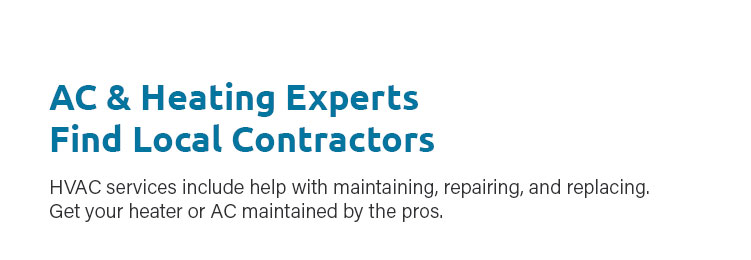 |
 |
 |
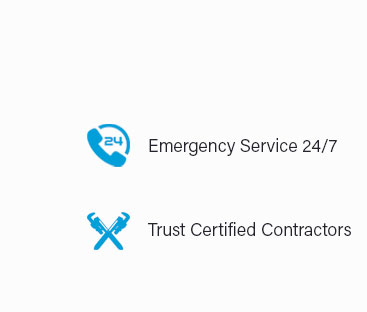 |
 |
 |
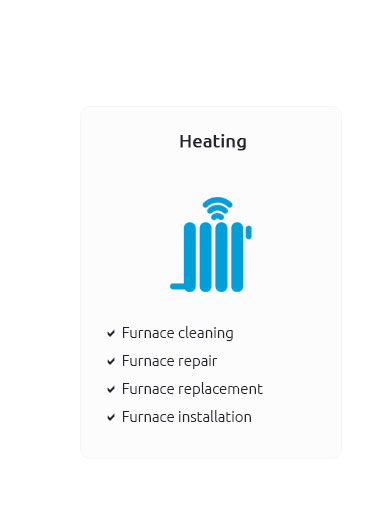 |
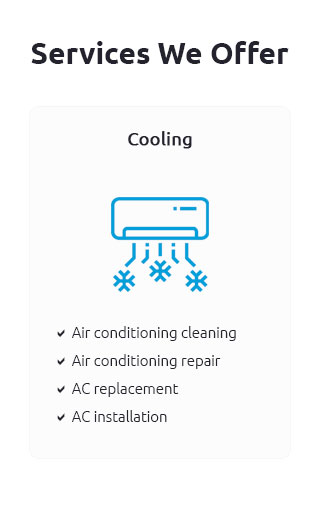 |
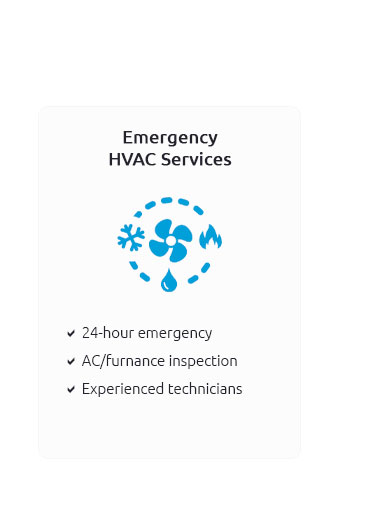 |
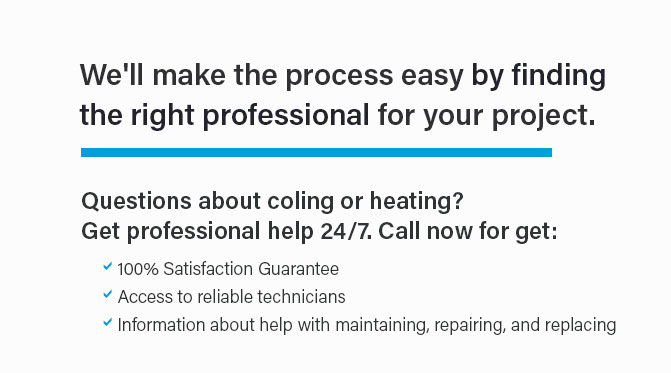 |
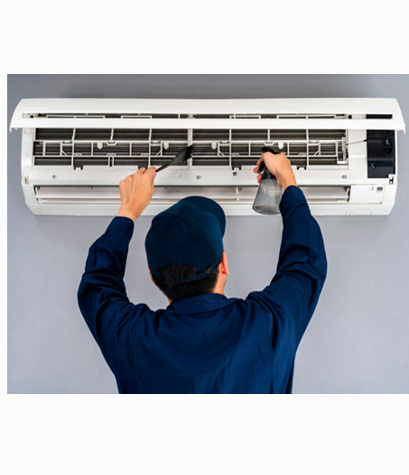 |
 |
 |
 |
|
Welcome to your ultimate destination for top-tier HVAC services where comfort meets expertise-whether you're sweating through summer or shivering in winter, our seasoned AC and heating experts are here to rescue you with precision and care, specializing in central air conditioner installation that transforms your home into a climate-controlled sanctuary; stop searching and start experiencing unparalleled service by finding local contractors who are not just professionals, but artisans of air, committed to elevating your indoor environment with the perfect blend of technology and talent.
https://www.ugihvac.com/blog/how-much-does-a-new-central-air-conditioner-cost/
Because there are so many factors affecting the cost of an AC installation, any reputable HVAC company will require an in-home consultation ... https://www.jdsplumbingservice.com/blog/cost-install-air-conditioner-denver-co
Home Advisor estimates that the cost of a new central air conditioner, and the installation, ranges from $3000 to $7000 on average. Let's now take a look at ... https://www.doityourself.com/forum/air-conditioning-cooling-systems/428497-installing-new-central-air.html
Air Conditioning and Cooling Systems - Installing new central air - I am going to install new Central Air in a ranch that currently has ...
|